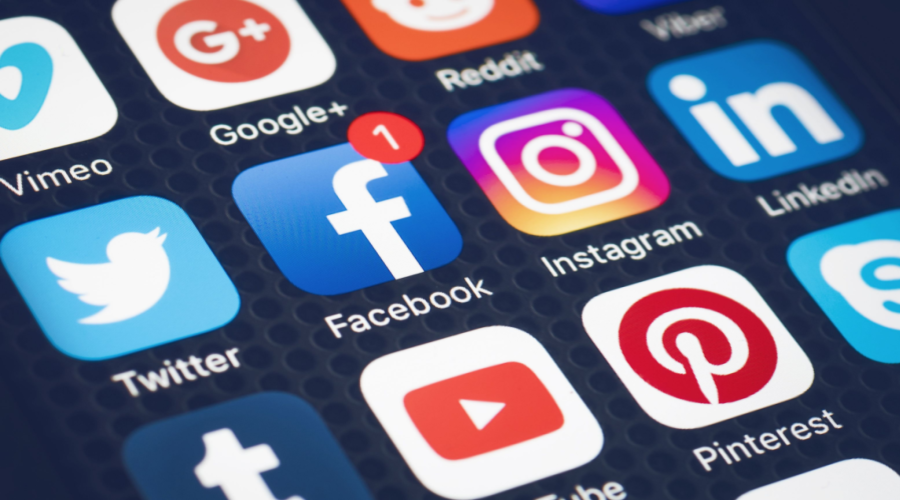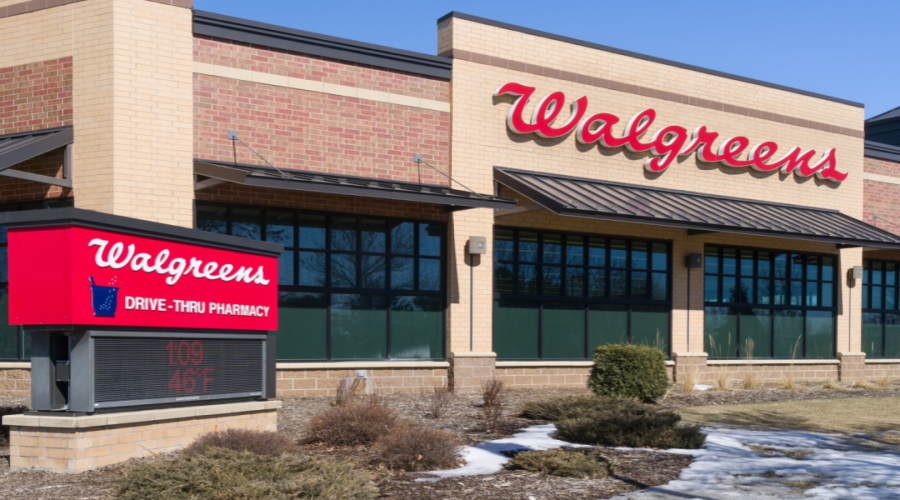Inside: Discover how much you could be saving through this one incentive in your wholesaler contract.
Within your wholesaler contract, there’s a secret to keeping your books in the black. And it all depends on you.
Whether you realize it or not, a single purchasing factor can be the difference between $27,600 and $210,000 a year.
Because wholesalers make most of their money on generics, they incentivize pharmacists to purchase more through a measurement known as the generic compliance ratio. This is typically calculated by the number of generic prescriptions a pharmacy purchases divided by the total number of prescriptions.
This number is used to award incentives to pharmacies for buying lots of generics and motivate them to buy even more. And while it may seem counter-intuitive, this actually works to your advantage.
Most pharmacists are probably aware of the generic compliance ratio but they may not be taking full advantage. Or they might not realize how much money is really on the table.
How the generic compliance ratio works in your wholesaler contract
Every month, if you buy enough generics from your primary wholesaler, you’ll get a rebate. The more generics you buy, the bigger your rebate will be. However, not every generic drug applies to the incentive. Each wholesaler contract contains a “source” list of generic medications that count toward your generic incentives, which means you need to know your list.
Wholesalers typically use a tiered system to determine how much your rebate will be. If 10 percent of your volume is generics, you might expect to get a rebate of about 10 percent, for example. A 15 percent volume might produce a 20 percent rebate. And so on. Structures can reach as high as 35 percent in some cases.
This works in the wholesaler’s favor because it prompts pharmacists to purchase more volume than they would otherwise and keeps them from straying to secondary wholesalers.
But the reverse is true, too. By sticking with your primary wholesaler and upping your purchases, your pharmacy gets a tangible financial reward.
Why you should care about generic compliance
If you’re treating your generic compliance rate as just another line on your wholesaler contract, you’re doing yourself and a pharmacy a disservice.
There’s a substantial amount of money to be earned from this system if you are navigating it thoughtfully, which means there’s a lot of money to lose out on if you’re not.
Average rebates for generic compliance can range from $2,300 a month for the lowest tier to $17,500 for the highest.
That means by not paying attention to your generic purchasing, you could be losing out on more than $15,000 every single month. Over a single year, that is hundreds of thousands of dollars that you could take home or invest elsewhere in your pharmacy business, making your services better for patients.
And these rebates are not the only benefit of this system in your wholesaler contract. Hitting certain generic compliance incentives can also give you access to deeper brand discounts that further help your bottom line.
In an industry where profits can be uncertain, don’t let these guaranteed savings slip through your fingers.
RELATED: How to Maximize Rebates and Profitability on Pharmacy Inventory
How to make your wholesaler contract incentives work for you
Don’t be swayed by sticker prices
Comparison shopping probably feels natural, even necessary, for a pharmacist trying to decrease costs in every part of the business.
If a medication is $50 cheaper at a secondary wholesaler than it is at the primary, that’s extra money in your pocket, right?
Not quite. If you’re chasing down these deals for every purchase, saving 10 bucks here and 30 there, you might be saving money in the short run, but each individual discounted purchase will end up costing you.
Every purchase you make outside of your primary wholesaler jeopardizes your position within the rebate structure. It only takes one discounted prescription to push your generic compliance from 20 percent to 19.99 percent. That means you’ll drop down a performance tier, and your rebate for the month could decrease by 5 percent or more.
For the average pharmacy, this can result in losing out on around $3,000, and that original $50 discount stops looking so attractive.
Volume is crucial
Once you’ve tamed the urge to jump at every discount you see, there are moves you can make within your pharmacy to increase your generic volume and bump you up into a higher rebate tier.
Make it best practice to make generic substitutions whenever possible. Your patients will appreciate this because it saves them money, and by increasing your generic dispensation, you’ll be able to justify larger volume purchases from your wholesaler.
Use your purchasing data
In order to optimize your rebates, you need to know exactly where you stand each month and each day before you make a purchase. Pharmacies consistently miss out by not paying close enough attention to their purchasing data.
Track your generic purchases versus your brand purchases for the last few months and find your generic compliance rate. How does it stack up against your wholesaler’s rebate structure?
You might find that you’ve been spreading out your purchases to too many different secondaries, and that practice has pushed you down to a lower rebate tier. Use that information to drive future purchasing decisions.
By tracking every item line by line, you can also ensure that your wholesaler is actually giving you the discounts and rates agreed upon in your wholesaler contract.
Make informed decisions
Tracking all of these purchases and making constant judgment calls about when to purchase from your primary wholesaler and how to save the most money might not just sound exhausting and time-consuming—it could seem impossible.
And that may be true. To truly maximize your generic compliance rate and your savings, you have to know how every purchase affects you now and at the end of the month. Most pharmacies don’t have the time or resources necessary to achieve that level of predictive measurements day in and day out. That means they’ll either miss out on sticker price savings or on rebates no matter how hard they try.
But services like ProfitGuard can take the uncertainty out of data analytics and do all the monitoring and predicting for you. ProfitGuard’s Navigation Report provides daily purchasing recommendations to ensure you’re maximizing your rebates through generic compliance while also saving money on sticker prices. In other words, it ensures you’re paying the lowest cost of inventory and earning maximum profit.
Find out how ProfitGuard can maximize rebates and profitability at your pharmacy.
“The Navigation Report is short and to the point, allowing us to maximize our rebates by allocating purchases to the proper supplier. Now we are able to move purchases … to maximize our generic compliance ratio on both accounts and maximize our rebates.”
—Dick Roberts, owner of Eureka Pharmacy
A Member-Owned Company Serving Independent Pharmacies
PBA Health is dedicated to helping independent pharmacies reach their full potential on the buy-side of their business. Founded and owned by pharmacists, PBA Health serves independent pharmacies with group purchasing services, wholesaler contract negotiations, proprietary purchasing tools, and more.
An HDA member, PBA Health operates its own NABP-accredited secondary wholesaler with more than 6,000 SKUs, including brands, generics, narcotics CII-CV, cold-storage products, and over-the-counter (OTC) products — offering the lowest prices in the secondary market.












